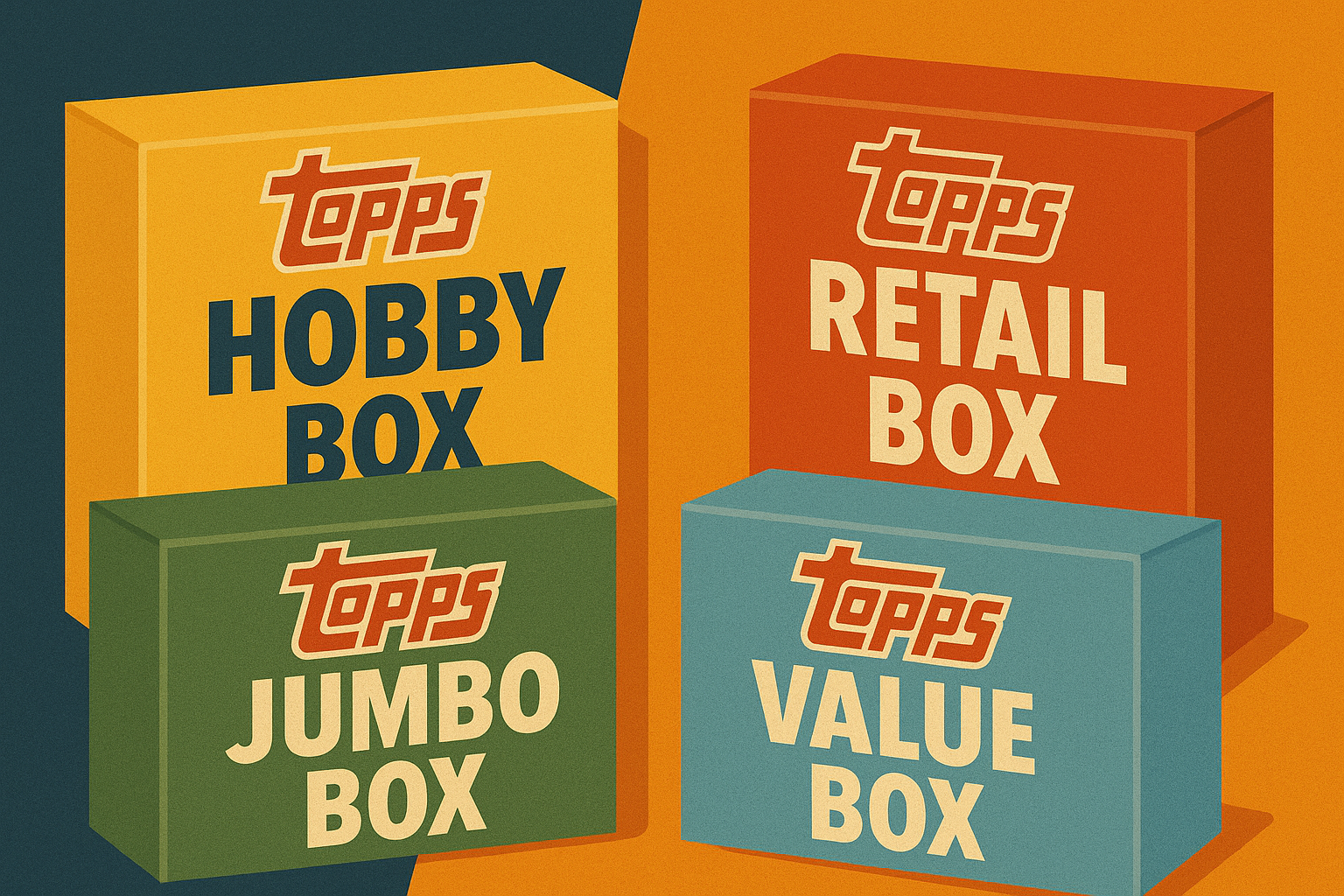The sports card market has transformed from a nostalgic hobby into a serious investment vehicle, and the numbers from eBay paint a striking picture of this evolution. With the sports memorabilia and trading card industry projected to reach $271.2 billion by 2034, what was once child’s play has become serious business.
The Investment That’s Beating Wall Street
Here’s a stat that might make your financial advisor do a double-take: The average Pokémon card is appreciating at nearly 46% annually. That’s not just beating the stock market—it’s demolishing it. While the S&P 500 averages a respectable 12% annual return, and even hot tech stocks like Nvidia are being outpaced, trading cards have emerged as an unlikely investment powerhouse.
The numbers on eBay tell the story. In 2024, users searched for “Pokemon” nearly 14,000 times per hour on the platform. That’s 233 searches every minute, around the clock. This isn’t just casual browsing—it’s a feeding frenzy of collectors and investors hunting for the next big score.
Gen Z and Millennials Are Driving the Boom
Walk into any card shop or browse eBay’s listings, and you’ll notice something interesting: the demographic driving this market isn’t who you might expect. Gen Z and Millennial men have become the primary force behind the trading card renaissance, using what they call “boy math” to justify their purchases as investments rather than expenses.
The data backs up their enthusiasm. In the first quarter of 2025, collectibles including Pokémon and sports cards made up 29% of GameStop’s sales—actually outselling video game software. Let that sink in: a video game retailer is selling more cards than games.
The eBay Effect
eBay has positioned itself as the central marketplace for this boom, and they’re not just sitting back and watching. The platform has introduced authentication services for high-value cards, providing buyers with confidence in an market where condition is everything and counterfeits are a constant concern.
Their Price Guide feature taps into the industry’s largest database of card transactions, offering real-time pricing data that’s become essential for serious collectors. It’s turned eBay from a simple marketplace into the de facto stock exchange for sports cards.
The platform’s “Most Watched” auctions provide a real-time pulse of the market. At any given moment, you can see which rookie cards are generating buzz, which vintage finds are commanding attention, and which graded gems are attracting serious bidders.
The Shift in Collecting Behavior
Google Trends data reveals a fascinating shift in how people approach the hobby. Searches for “sports card breaks”—where collectors buy into group openings of sealed products—are declining. Meanwhile, searches for “sports card singles” are surging. This suggests collectors are becoming more strategic, targeting specific cards rather than gambling on sealed products.
Terms like “graded sports cards,” “sports card values,” and “investment sports cards” maintain consistently high search volumes, signaling that the investment mindset has fully taken hold. This isn’t your grandfather’s shoebox collection anymore—it’s a carefully curated portfolio.
The Fanatics Factor
The landscape is shifting at the corporate level too. Fanatics has become the exclusive licensee for major sports leagues including the NFL, NBA, and MLB. After acquiring Topps, they’re integrating the established brand into their ecosystem while Panini adapts to the changing market dynamics.
This consolidation could mean significant changes for collectors. Will it lead to better products? Higher prices? More innovative releases? The market is watching closely, and eBay sales data will likely be the first indicator of how collectors respond.
What’s Driving the Prices?
Several factors are converging to create perfect market conditions:
Star Power: Athletes like Caitlin Clark are generating new interest in basketball cards. Michael Jordan cards continue to command premium prices decades after his retirement. Each new phenom creates a gold rush for their rookie cards.
Nostalgia Economics: Millennials who collected as kids now have disposable income. They’re not just buying cards—they’re buying back their childhoods, and they’re willing to pay premium prices for mint condition memories.
The Authentication Revolution: Professional grading services have standardized quality assessment, turning subjective condition debates into objective numerical grades. A PSA 10 (perfect grade) can be worth 10-100 times more than a raw card.
Digital Integration: While physical cards dominate, the integration of digital elements—QR codes linking to video highlights, blockchain authentication, NFT tie-ins—is attracting tech-savvy collectors.
The Numbers Don’t Lie
When you dig into eBay’s sales data, some eye-popping figures emerge. Individual cards routinely sell for five, six, even seven figures. A recent search of completed listings shows:
- Modern rookie cards selling for thousands within weeks of release
- Vintage cards from the 1950s and 60s commanding prices that rival luxury cars
- Pokémon cards from the 1990s selling for more than many people’s annual salaries
The market’s growth trajectory—22.1% CAGR through 2034—suggests this isn’t a bubble waiting to burst. It’s a fundamental shift in how people view collectibles.
Looking Ahead
The future of the sports card market on eBay and beyond will likely involve continued evolution. Live commerce platforms like Whatnot and Loupe are creating new ways to buy and sell. Fanatics’ market dominance will reshape production and distribution. And eBay will continue to adapt, adding features and protections to maintain its position as the market’s hub.
For collectors, the message is clear: what started as a hobby has become an asset class. Whether you’re hunting for that elusive rookie card or sitting on a collection from your youth, the numbers suggest the sports card market isn’t just booming—it’s revolutionizing how we think about collectibles.
The question isn’t whether sports cards are a legitimate investment anymore. The question is: what’s in your portfolio?




